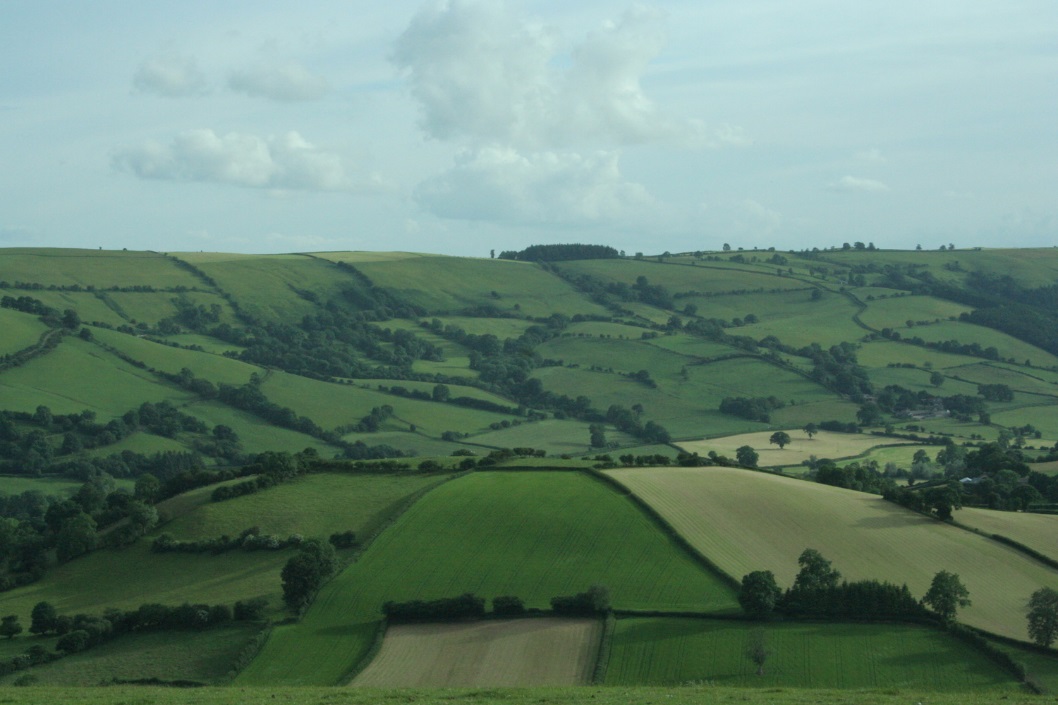By: Alan Harman
Planting more hedgerows and trees could hold the key to helping bees thrive again, a new study argues.
Researchers at Lancaster University in the United Kingdom suggest artificial intelligence could be used as a tool to design landscapes so that trees, hedgerows and wildflowers are planted in the right place and the right numbers to ensure pollinators have enough food.
Bees and other important insects vital for pollinating plants and food crops are in long-term decline across Europe.
One of the major causes in the reduction of honey bees, bumblebees, solitary bees and hoverflies is the degradation of suitable habitats. A process that scientists claim is accelerated by modern farming practices.
Efforts, including the planting of large strips of wildflowers on the margins of agricultural land, are under way to try to reverse this long-term decline.
However, researchers believe tree and hedgerow planting could be a more efficient and cost-effective tactic, alongside the planting of wildflowers.
Trees are preferable to bees, and other pollinators, because they offer greater food density – there are more flowers within a relatively small area on a blooming tree, compared with flower meadows.
This makes trees a more efficient foraging ground for bees, and scientists have found bees show preference to trees – collecting a large proportion of their diet from woody species.
Trees and hedgerows also have a secondary benefit. They provide physical landmarks, as with points on a map, that pollinators use to navigate their way across the landscape from their hive to foraging grounds.
Trees and hedgerows also provide nesting, overwintering and sheltered habitat.
Study author Philip Donkersley says that given how great these resources are for pollinators, their loss could easily be a contributing factor to the pollinator crisis across the world.
“By removing these key resources from the environment, and making insufficient efforts to replace them with wildflower strips, we are effectively starving our pollinators of food and places to nest,” he says.
Donkersley proposes the creation of new artificial intelligent algorithms to help redesign the landscape.
He believes computers could tell farmers and other landowners where to most efficiently and cost-effectively plant trees and hedgerows, along with wildflowers, to provide plentiful food and landmarks for pollinators.
“Machine learning algorithms could be used to design landscapes that provide the best access to resources and the most information to pollinators, while at the same time taking up the least amount of space, time and money for land owners,” he says.
“The best option could be planting 100 trees in the corner of a field rather than kilometres of wildflowers.
“This, I hope, will encourage easy-fixes for landowners on a strict budget who want to do the most efficient conservation effort for pollinators without breaking the bank.”







